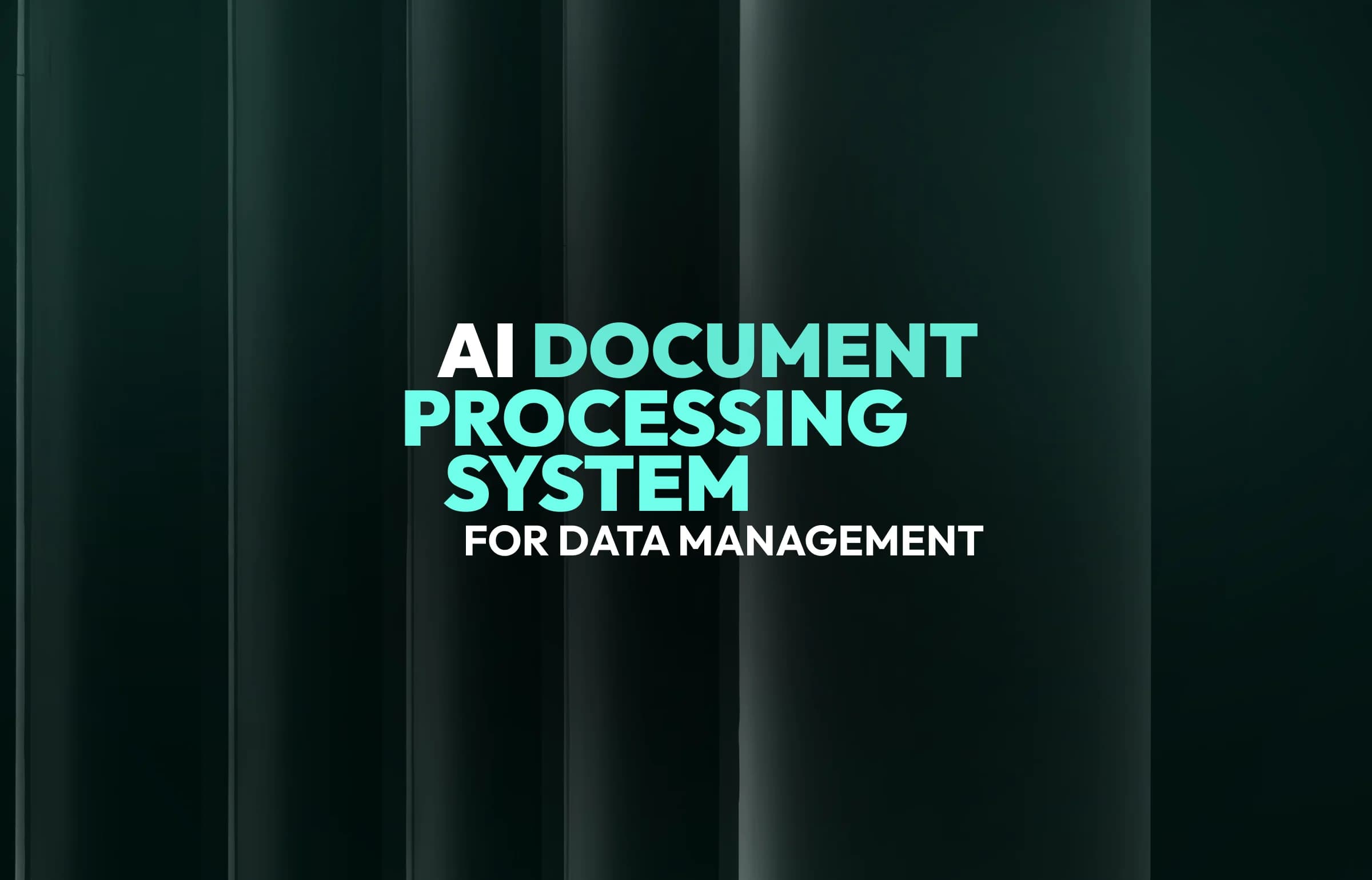Hey there! I’m your AI assistant developed by SapientPro. I am a language model connected to a RAG database that contains information about the company. If you need insights on AI solutions, real use cases, or how AI can boost your business, please feel free to ask in any language you prefer.
